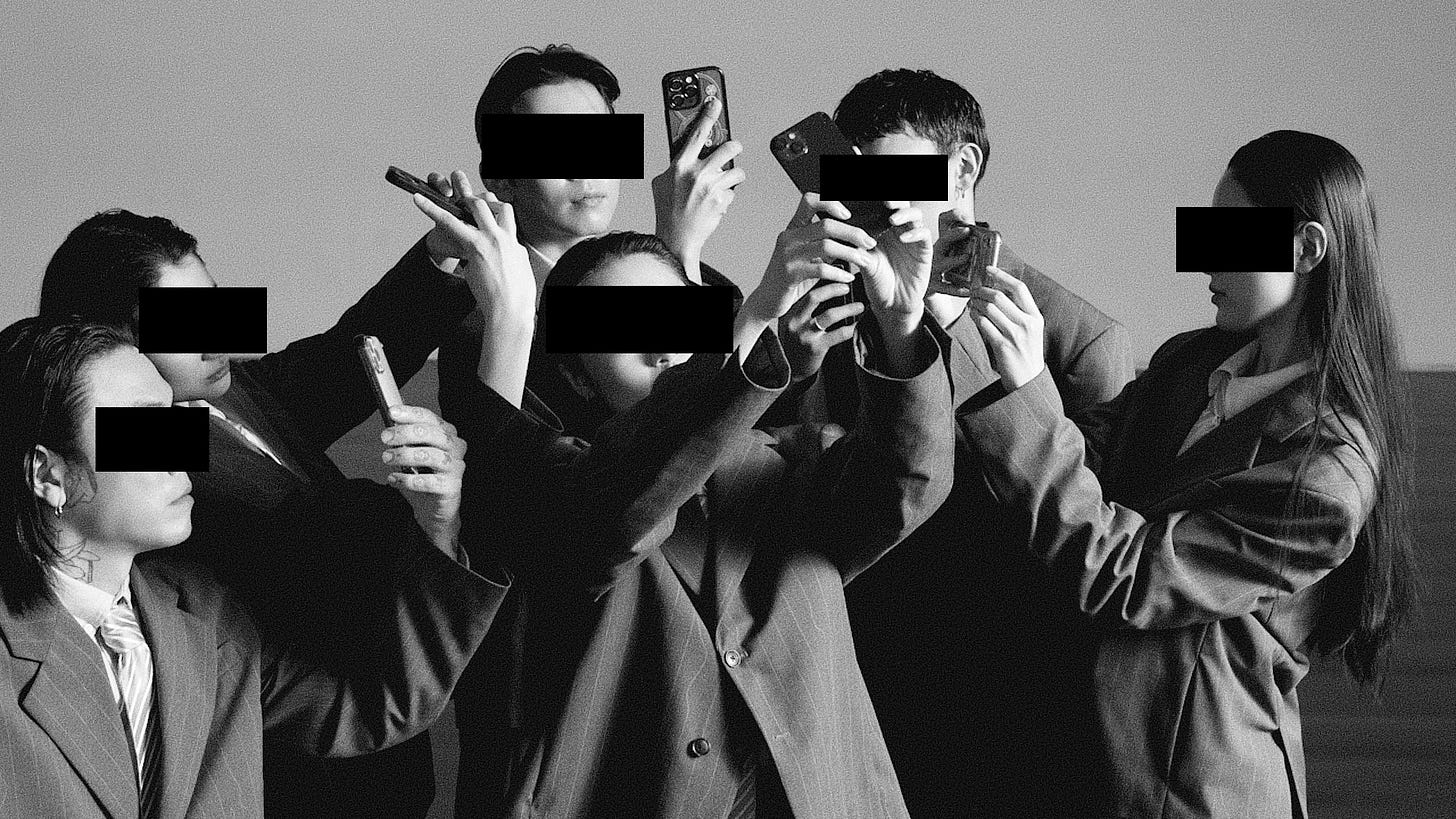The Creator Economy Is a Race to the Bottom for Human Dignity
The hidden costs and house of cards in the age of influence
The following piece is a collaboration between Matt Klein + Brooks Miller.
Brooks Miller is EVP of Creator Marketing at Edelman and United Entertainment Group. Prior, Brooks spent nearly eight years at Twitter, where she helped build their creator marketing discipline from the ground up, partnering with creators and brands across every platform and vertical. Brooks started her career at 72andSunny and Barrett Hofherr. Her work has won at Cannes, The One Show, The Clios, The Shorty Awards and has been recognized in AdWeek and Ad Age.
Over the last decade, creator marketing has exploded.
In 2017, the creator industry was estimated to be worth $1.7B and by 2020 an estimated 50M were considered “creators.”
Today, Goldman Sachs predicts the creator industry will swell to $500,000,000,000 by 2027. That’s right. $500 billion with a ‘b.’ We’re witnessing industry staples like Cannes Lions widely embrace creators, holding companies like Publicis acquire influencer agencies for upwards of $500M a pop, and major consumer conglomerates like Unilever pledge half their ad budget to individual creators.
But amid this creator hype, what’s not considered however is that the workhorses powering this “revolution” are collapsing under the weight of their own success.



